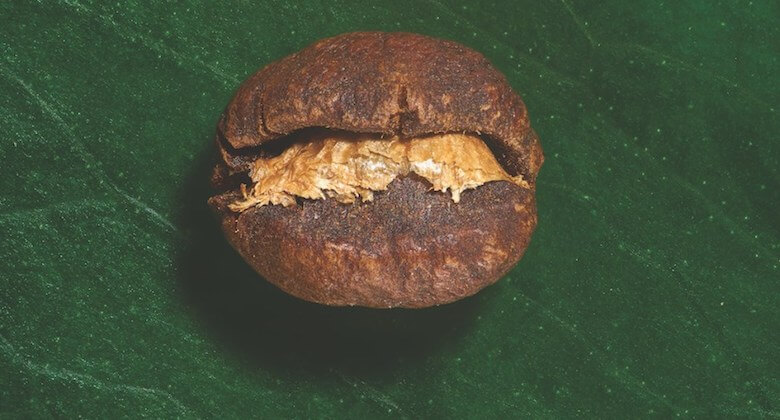
Walmart entering your home to stock your fridge with groceries, Amazon dropping Whole Foods hauls at your doorstep via drone, plant-based meat that “bleeds”—if this is increasingly how we’re eating in 2017, what can we expect in 2020? 2050? And given a growing world population and climate change concerns, which of these innovations do we actually need?
These are the big questions we’re exploring on November 3-4 at Food Loves Tech (FLT): our all you can eat and drink Industry City expo where you can test drive food technologies from field and sea to next gen frontiers. We’ll also have expert panels answering some of the most pressing issues facing our food supply including one entitled “how should we design food for the future?”
The editor of MOLD, a magazine about designing the future of food, LinYee Yuan has a few ideas and will be moderating the panel addressing this question at 12:30 p.m. on Friday, November 3 (full lineup here). As we approach FLT we asked LinYee to share her thoughts on how we should design food for the future with an eye toward sustainability:
Edible Brooklyn: Can you talk about what you see as the role of design in food systems sustainability?
LinYee Yuan: Designers are trained to think about problem solving from a very unique perspective. They are trained to first ask the right questions around what the problem actually is, and to work with experts from multiple disciplines—from agronomy to engineering to biology—to think about human-centered solutions. So designers can have a huge impact across all channels of the food system. They can work with engineers on tools specifically for farmers working the land at a small-scale, design systems for transportation across the food chain, or work with material scientists on packaging that is more sustainable and keeps our food fresher for longer.
EB: The way you are describing the role of a designer is almost like a translator between all of the different disciplines that orbit around food production and food systems.
LY: Yeah, I think there is a huge opportunity there. What I like about the role of the designer is that they are also user advocates. It’s not just about the aesthetic, it’s about how the user interacts with the system. We are in this interesting moment with lots of smart technology coming into play, and there’s an urgent need for designers to step into the stage and create products and systems that cultivate a relationship between consumers and the food itself.
https://www.instagram.com/p/BZjOz8Ilvf0/?taken-by=ariellauren
EB: What do you see as the role of a designer in thinking about appropriate technology at the right scale?
LY: That’s a question that a lot of people are considering. One that that seems to be very exciting in that space is precision agriculture. Rather than using huge machines to spray an entire field with fertilizers and pesticides, it leverages new technologies to give farmers feedback about how they might treat the land in a way that is very targeted and less resource intensive. It takes a lot of the guesswork out of more traditional models of farming in the past.
EB: What are some food and design products that you are most excited about?
LY: Where do I start! We’ve been talking a lot about farming, and that is kind of the most critical point. I had the opportunity to attend a Young Farmer’s conference Stone Barns in New York, and learned about the Slow Tool movement, which is “hacking” tools from other places to be used specifically for small farms. It really clicked in my mind the impact that design and engineering can have on how farms operate.
Another interesting movement is in bioengineering, and designing for the microbiome. Biotechnology is allowing us to design organisms that we are familiar with—that make our bread rise, or ferment our yogurt and wines—so that the nutrients they produce in the process are more complete. I think we’re going to see a lot more movement in the pro-biotic and pre-biotic space.
I also think designers have a huge role to play in thinking about how we as consumers are going to embrace the new flavors and ingredients within our every-day arsenal of foods. Like how to encourage people raised on the western diet to embrace insects as a form of protein. LIVIN Studio started the first consumer mealworm farm, which is basically an appliance for your house to cultivate and harvest mealworms. It’s such a great example of how design can really lead in this space.
We hope to see you at Food Loves Tech, Edible readers. Use the code FUTUREFOOD at checkout to get 30% off the full ticket price.



